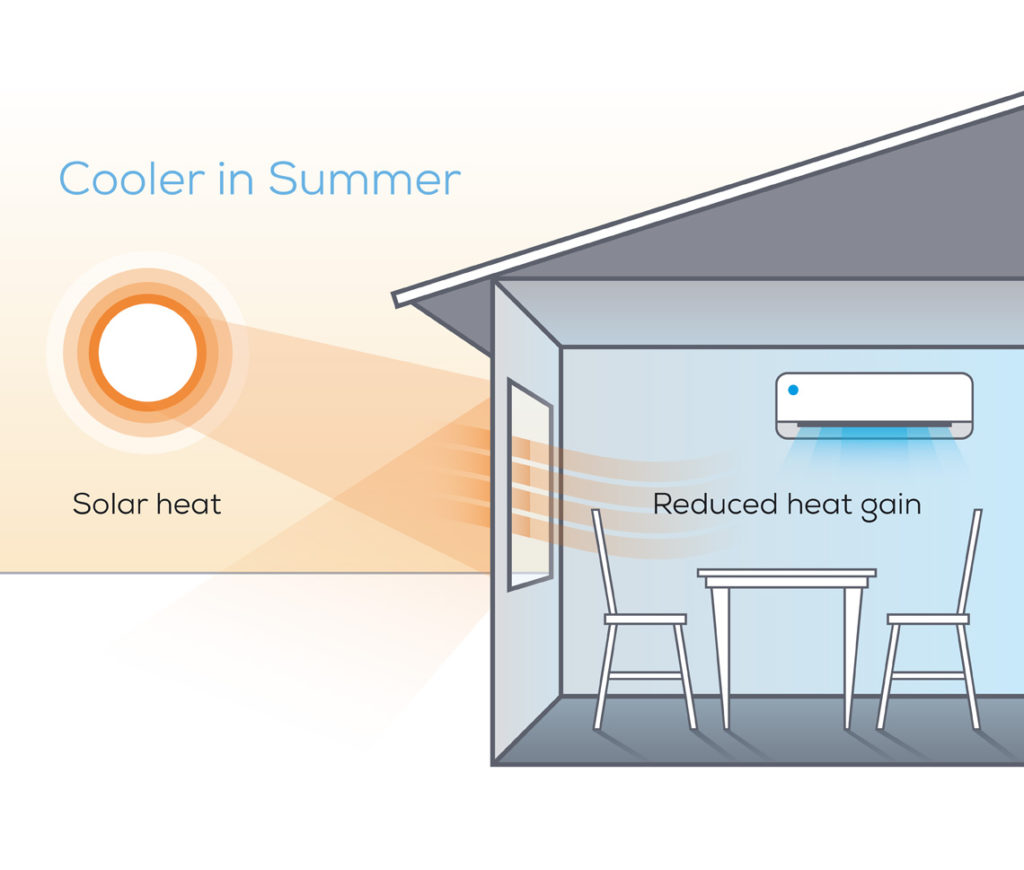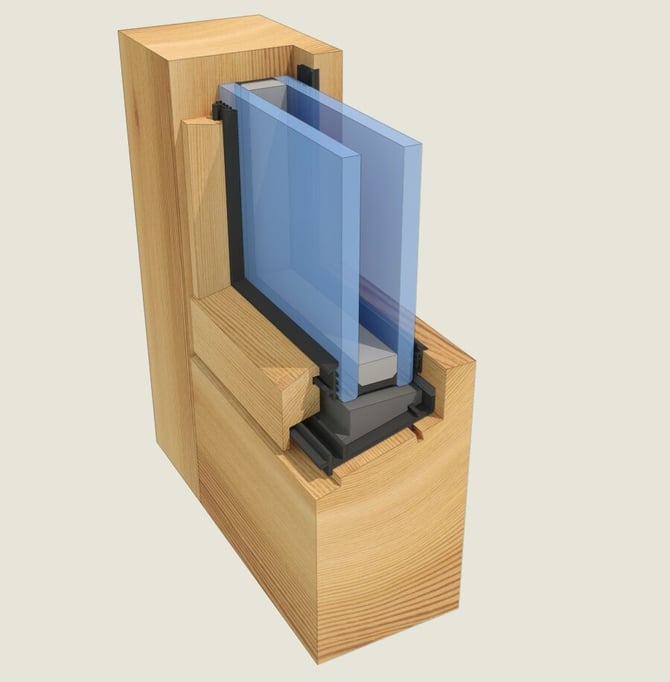All Categories
Featured
Table of Contents
Double Glazing Versus Secondary Glazing in Mount Claremont WA
Glazing just indicates the windows in your house, consisting of both openable and set windows, along with doors with glass and skylights. Glazing in fact simply indicates the glass part, but it is normally used to describe all aspects of an assembly consisting of glass, films, frames and home furnishings. Taking notice of all of these aspects will help you to achieve reliable passive design.

Energy-efficient glazing makes your house more comfortable and dramatically lowers your energy expenses. Nevertheless, improper or inadequately designed glazing can be a major source of unwanted heat gain in summertime and substantial heat loss and condensation in winter. As much as 87% of a home's heating energy can be gotten and approximately 40% lost through windows.
Single Glazed Vs Double Glazed Windows - Ultimate Guide in Glen Forrest Western Australia
Glazing is a substantial investment in the quality of your home. The expense of glazing and the expense of heating and cooling your house are closely related. An initial financial investment in energy-efficient windows, skylights and doors can greatly reduce your yearly heating & cooling costs. Energy-efficient glazing likewise lowers the peak heating and cooling load, which can reduce the needed size of an air-conditioning system by 30%, resulting in additional cost savings.

This tool compares window choices to a base level aluminium window with 3mm clear glass. Comprehending a few of the essential properties of glass will help you to pick the very best glazing for your home. Key residential or commercial properties of glass Source: Adjusted from the Australian Window Association The quantity of light that travels through the glazing is referred to as visible light transmittance (VLT) or noticeable transmittance (VT).
Why Double Glazing Keeps Your Home Cooler In Summer? in Southern River Western Australia
The U worth for windows (expressed as Uw), describes the conduction of the whole window (glass and frame together). The lower the U worth, the higher a window's resistance to heat flow and the better its insulating value.
If your home has 70m2 of glazing with aluminium frames and clear glass with a U value of 6. 2W/m2 C, on a winter season's night when it is 15C colder outside compared to inside, the heat loss through the windows would be: 6. 2 15 70 = 6510W That is equivalent to the overall heat output of a big space gas heating system or a 6.
Glass & Glazing - Easy Windows Upvc Double & Triple ... in Munster Perth

If you choose a window with half the U value (3. 1W/m2 C) (for example, double glazing with an argon-filled gap and less-conductive frames), you can halve the heat loss: 3. 1 15 70 = 3255W The solar heat gain coefficient (SHGC) for windows (expressed as SHGCw) determines how readily heat from direct sunshine streams through an entire window (glass and frame together).
The lower a window's SHGC, the less solar heat it transmits to the house interior. The actual SHGC for windows is impacted by the angle that solar radiation strikes the glass.
The Science Behind Double Glazed Windows in Mount Nasura Western Australia
When the sun is perpendicular (at 90) to the glass, it has an angle of incidence of 0 and the window will experience the optimum possible solar heat gain. The SHGC declared by glazing makers is always determined as having a 0 angle of incidence. As the angle increases, more solar radiation is reflected, and less is transmitted.
Table of Contents
Latest Posts
Triple Glazing Vs. Double Glazing: What Are The Differences? in Willetton Western Australia
Help Control Your House Temperature With Double Glazing ... in Martin Western Australia
How To Diagnose And Fix Misted Double Glazing in Hovea Perth
More
Latest Posts
Triple Glazing Vs. Double Glazing: What Are The Differences? in Willetton Western Australia
Help Control Your House Temperature With Double Glazing ... in Martin Western Australia
How To Diagnose And Fix Misted Double Glazing in Hovea Perth